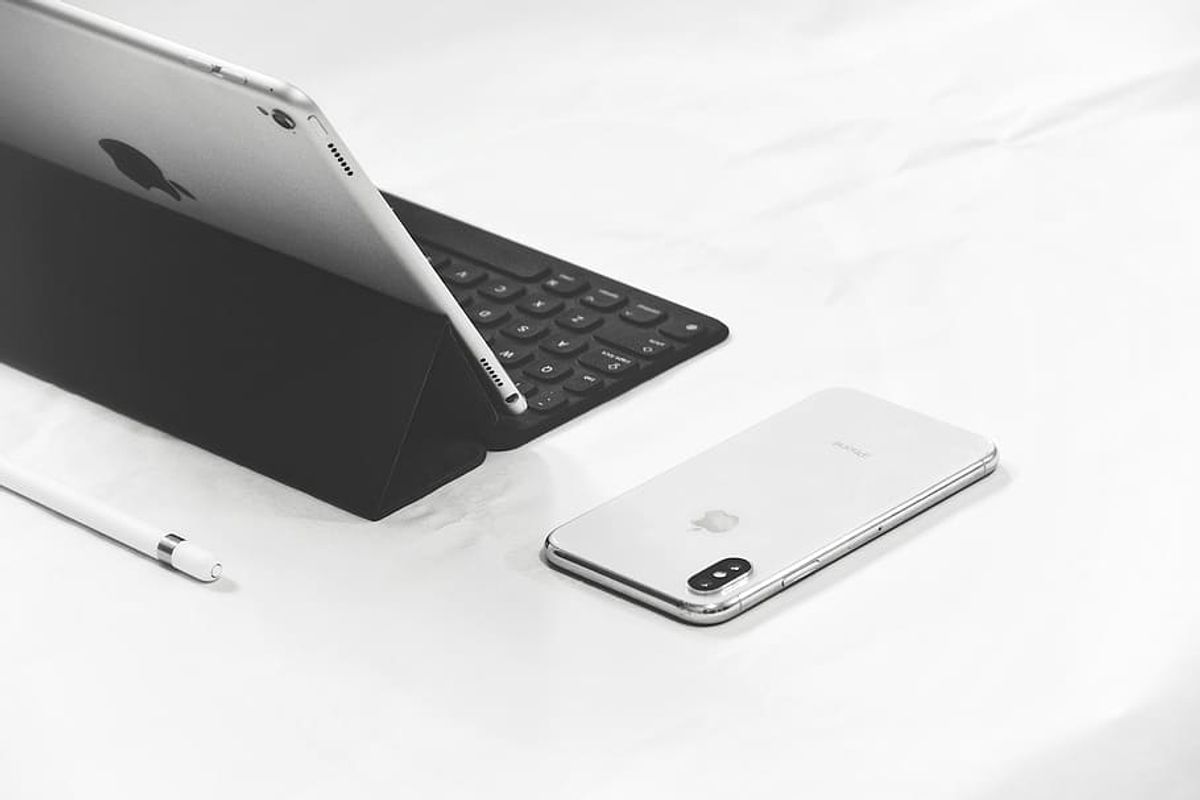The realm of eyeglasses technology is experiencing a renaissance, with innovative solutions emerging to enhance vision and comfort for individuals with varying eye conditions. As we move beyond traditional eyewear, these advancements are not just improving eyesight but are also elevating the quality of life for users. This article delves into the latest technologies in eyeglasses, contact lenses, and eye care that are revolutionizing the field and offering unprecedented benefits.
Key Takeaways
- Digital and wearable technologies are transforming the management of eye conditions, offering personalized support and reducing eye strain.
- Revolutionary manufacturing techniques and materials innovation are creating contact lenses that provide superior comfort and real-time health monitoring.
- Advancements in vision correction prioritize personalization and precision, utilizing cutting-edge technologies to cater to individual needs.
- The integration of technology in eye disease treatment is enhancing the effectiveness and accessibility of modern eye care solutions.
- Progressive lenses and advanced treatments for conditions like Keratoconus are setting new standards for patient adaptation and satisfaction.
Innovations in Managing Eye Conditions
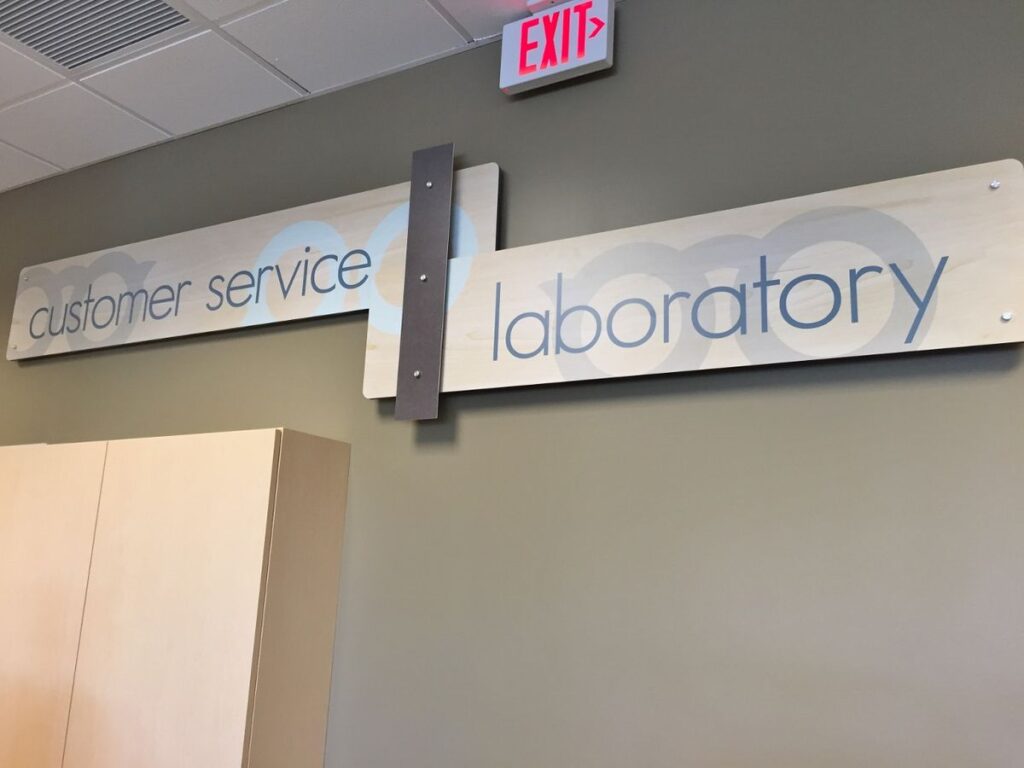
Digital Tools for Glaucoma Management
The digital revolution in optical care is significantly impacting the management of glaucoma, offering patients tools that enhance both vision and comfort. These digital tools are designed to integrate seamlessly into the lives of individuals with glaucoma, providing a more personalized and effective approach to managing their condition.
- Technological Enhancement: Devices like OrCam MyEye, when paired with glaucoma glasses, offer auditory assistance for tasks such as reading text and recognizing faces, greatly improving the quality of life.
- Personalized Selection: Choosing the right glaucoma glasses involves considering the user’s lifestyle, visual needs, and personal style preferences.
- Embrace Technology: The adoption of devices like OrCam MyEye can transform daily interactions, granting newfound independence and engagement with the environment.
The integration of advanced digital tools in glaucoma management not only improves the patient experience but also leads to better outcomes. Urban Optiks Optometry is at the forefront of this transformation, utilizing cutting-edge technologies to redefine what is possible in optical care.
Wearable Technologies for Vision Support
The realm of wearable technologies for vision support is experiencing a transformative era. Smart glasses are advancing with improved display, battery life, and user interaction. Adaptive prescriptions, touchpads, and voice assistance enhance the experience, reshaping consumer interaction and fashion in eyewear. These innovations are not just augmenting reality but are also providing practical solutions for those with vision impairments.
Wearable devices like the Vision Pro offer unparalleled versatility, adapting seamlessly to the user’s activities and movements while ensuring optical comfort through customizable options.
The integration of advanced software and virtual reality is revolutionizing vision rehabilitation, offering immersive experiences that go beyond traditional eyewear. The Apple Vision Pro, with its micro-OLED display and dual-chip design, exemplifies the cutting-edge technology that is setting new standards in the industry.
Advancements in Eye Strain Reduction
In the realm of vision health, reducing eye strain has become a critical focus, especially in our screen-dominated world. Eyewear has evolved from simple reading stones to smart technology, offering personalized solutions. Innovations include 3D printing, advanced materials, and coatings, shaping a future of fashion and function in eyewear.
- Blue Light Filtering: Glasses with blue light filters can mitigate the effects of screen exposure, reducing eye strain and potentially safeguarding against further eye damage.
- Peripheral Vision Enhancement: Enhancing peripheral vision is crucial, particularly for conditions like glaucoma. Glasses that improve this aspect of sight can significantly boost overall visibility and safety.
The integration of advanced materials and technology in eyewear not only aims to correct vision but also enhances the quality of life for users. This shift towards comprehensive vision care is a testament to the innovative spirit driving the industry forward.
When it comes to eye strain reduction, the industry is exploring various avenues, including modifications in lens design and lubrication strategies. These efforts are part of a broader multidisciplinary approach to improve comfort and biocompatibility, ultimately leading to a more effective and personalized vision care experience.
Revolutionizing Contact Lens Manufacturing
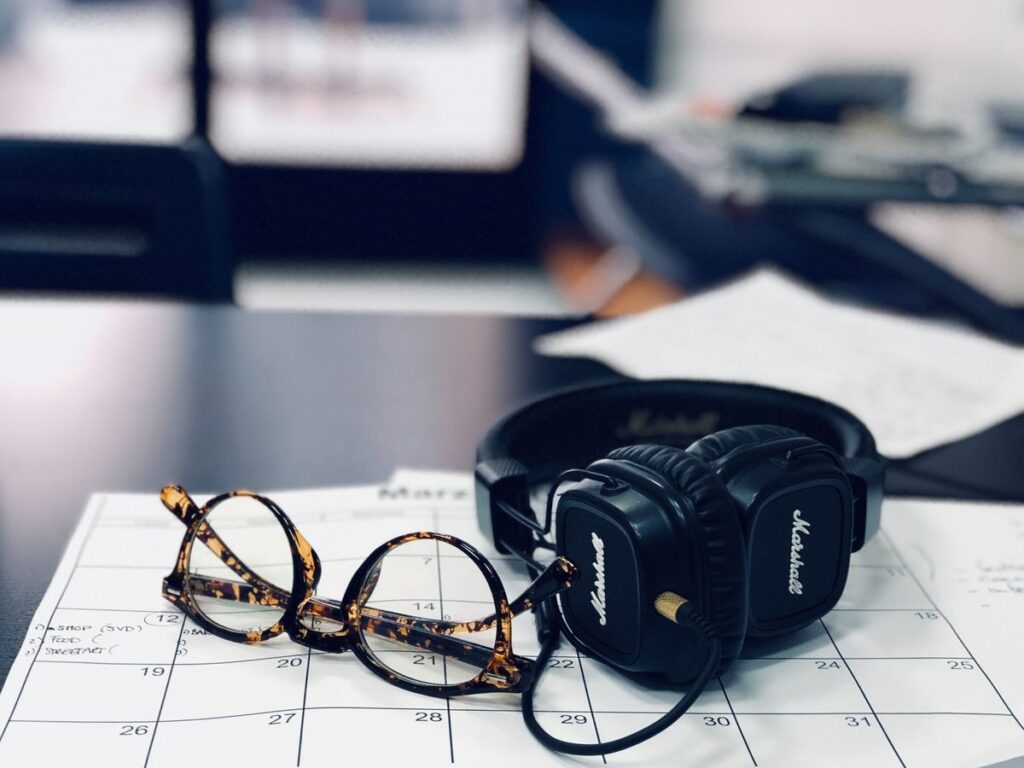
Cutting-Edge Techniques in Lens Production
The landscape of contact lens (CL) manufacturing is witnessing a transformative shift with the introduction of novel fabrication techniques. The lathe-cutting method, a cornerstone in CL production, has evolved to offer unparalleled precision and customization. This technique is particularly vital for specialized lens designs, ensuring high-quality output and individualized comfort.
The process of CL production is intricate, beginning with block preparation. Here, a polymer or plastic block is selected for its optical properties and biocompatibility. The block is then meticulously mounted onto a lathe for shaping. Advanced methods such as 3D printing and nanotechnology have further revolutionized the industry, allowing for complex geometries and enhanced surface properties.
The integration of microfluidics and soft lithography in lens fabrication marks a significant leap forward, enabling the creation of micro-scale structures that pave the way for advanced lens designs.
These innovations not only improve the visual experience for users but also push the boundaries of what is possible in eyewear technology.
Smart Contact Lenses and Real-Time Monitoring
The realm of contact lens technology has been revolutionized with the advent of smart contact lenses. These innovative lenses are not just corrective devices but also platforms for continuous ocular health monitoring. They are capable of delivering medication, monitoring physiological parameters, and integrating data for comprehensive eye care management.
Smart contact lenses offer a multitude of benefits, including:
- Continuous ocular health monitoring to detect changes in eye condition
- Targeted drug delivery directly to the eye, reducing systemic side effects
- Real-time data integration with mobile devices for ongoing assessment
The potential of smart contact lenses extends beyond vision correction, paving the way for a future where eye care is proactive, personalized, and seamlessly integrated into our daily lives.
Virtual optometrist tools and remote monitoring systems are enhancing the accessibility of eye care, allowing for timely interventions and improved patient outcomes. The integration of these technologies into smart contact lenses represents a significant leap forward in the field of optometry.
Material Innovations for Enhanced Comfort
The quest for enhanced comfort in eyewear has led to significant material innovations. Silicone hydrogel lenses are at the forefront, offering excellent oxygen permeability and extended wearing times. Hybrid lenses combine different materials to harness the advantages of each, improving comfort and visual acuity.
Material flexibility and biocompatibility are now paramount, with a range of biocompatible materials available that offer optimal comfort and durability. This has led to improved wearability and extended safe use.
Nanotechnology and surface modifications have revolutionized the contact lens (CL) landscape. These advancements improve wettability, lubricity, and antimicrobial properties, thereby enhancing wearer comfort and reducing infection risks. The integration of automation and robotics in the manufacturing process ensures efficiency, consistent quality, and reduced errors.
Here’s a snapshot of the key material innovations:
- Silicone hydrogel lenses: Increased comfort, oxygen permeability.
- Hybrid lenses: Combined materials for better comfort, visual acuity.
- Biocompatible materials: Optimal comfort, oxygen transmission.
These innovations are not just about comfort; they also contribute to sustainability by potentially reducing waste and exploring energy-efficient manufacturing methods.
Advanced Vision Correction Methods
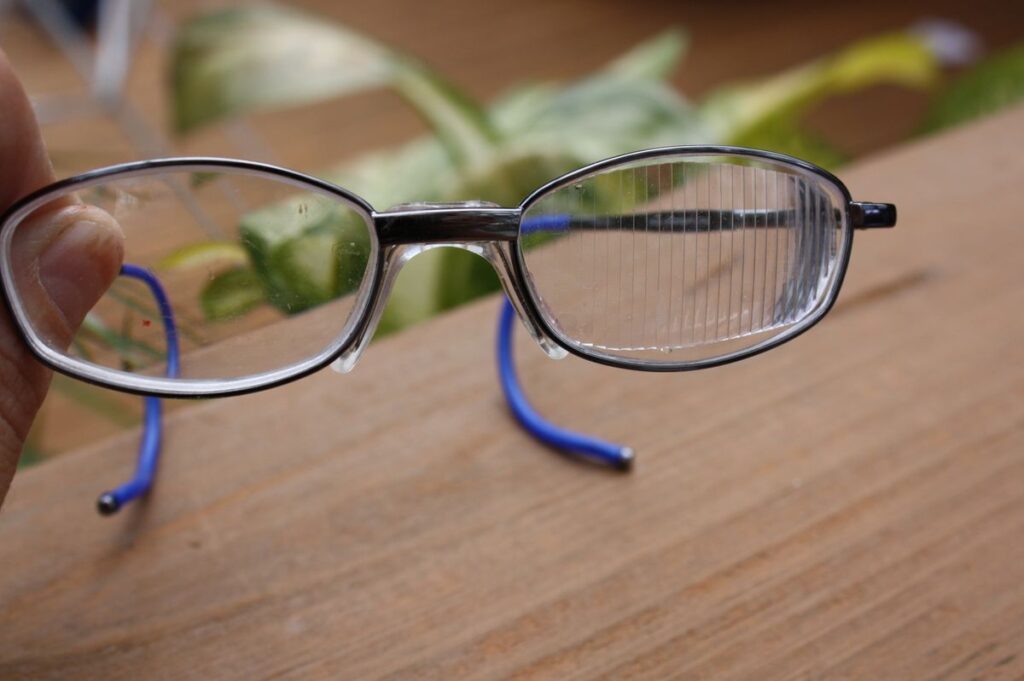
Progressive Eye Care Approaches
The landscape of vision correction is transforming rapidly, thanks to the advent of Progressive Eye Care. This approach is not just about upgrading your glasses or choosing a different set of contact lenses; it’s about embracing the full spectrum of options technology offers us today. From LASIK surgery to the latest in lens technology, the goal is clear: improving vision with precision and personalization.
The convenience, effectiveness, and comfort these advanced solutions offer are unmatched, providing a glimpse into the future of eye care.
When comparing traditional methods like eyeglasses and contact lenses with newer solutions, it’s evident that the focus has shifted towards not only correcting vision but also enhancing the overall quality of life. The journey towards managing conditions like Keratoconus is emblematic of the broader progress in eye care—where personalized treatment plans and cutting-edge technologies come together to offer the best possible outcomes.
Customized Lens Design and Personalization
The evolution of eyeglasses technology has ushered in an era where customized lens design and personalization are not just possibilities but expectations. Computer-aided design and manufacturing, along with advanced mapping and imaging technologies, have enabled the creation of lenses that are tailored to the unique corneal shape and visual needs of each individual. This bespoke approach ensures a personalized fit and optimal visual performance, significantly enhancing user satisfaction.
The integration of 3D printing techniques in lens fabrication exemplifies the strides made in customizing eyewear. It allows for the production of complex geometries and surface textures, which can lead to innovative designs such as multifocal, toric, and even drug-delivery systems. These advancements not only improve visual acuity but also offer therapeutic benefits.
The benefits of customized lenses are manifold:
- Precision: Customized lenses are designed to address specific vision needs, such as irregular corneas or astigmatism.
- Comfort: A personalized fit achieved through precise measurements ensures greater comfort and stability.
- Rapid Prototyping: Efficient prototyping and rapid iteration speed up the design process, allowing for quick advancements.
Innovations in materials and integrated technologies are also contributing to the comfort and biocompatibility of lenses. Smart contact lenses, for instance, monitor and manage discomfort in real-time, representing a significant leap forward in eyewear technology.
Innovative Treatments for Common Eye Disorders
The landscape of eye care is rapidly evolving with the introduction of innovative treatments for common eye disorders. These advancements are not only enhancing vision correction but also prioritizing patient comfort and convenience.
- Gene Therapy: Emerging as a promising approach for hereditary eye diseases.
- Stem Cell Treatments: Offering potential for regenerating damaged tissues.
- Customized Drug Delivery Systems: Tailored to individual patient needs for more effective management.
The synergy between technology and medicine is crafting a new era in eye health, where treatments are becoming more personalized and outcomes more predictable.
The integration of advanced diagnostics and precision medicine is enabling eye care professionals to target the root causes of conditions with unprecedented accuracy. This shift towards a more holistic and patient-centric approach is a testament to the progress being made in the field.
Revolutionary Contact Lens Technologies
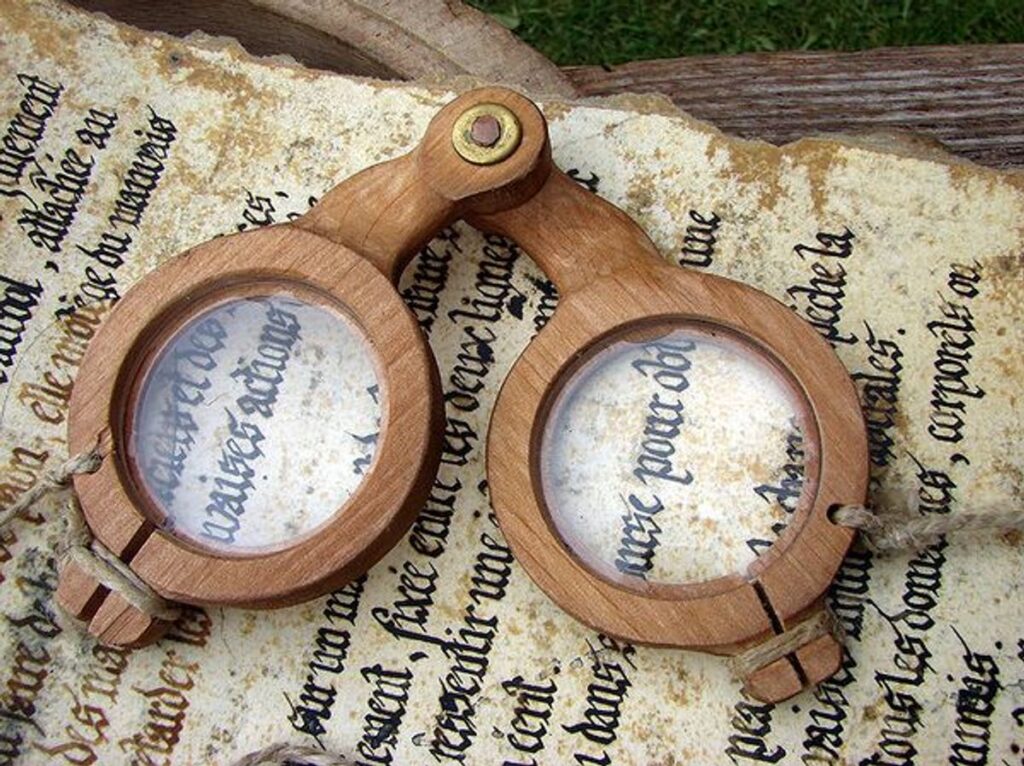
The Ortho K Solution
The Ortho K Solution marks a transformative step in vision correction, allowing individuals to achieve clear vision without the need for daytime eyewear. By wearing specialized lenses overnight, the cornea is reshaped, providing users with improved sight the following day. This non-invasive method is gaining popularity as an alternative to traditional glasses or surgical interventions.
The Ortho K Solution not only corrects refractive errors but also plays a role in slowing down the progression of myopia, particularly in younger populations. Its preventive potential is a significant aspect of its appeal.
While the benefits are substantial, it’s essential to assess personal suitability for the Ortho K Solution. Factors such as corneal thickness, curvature, and overall eye health are critical in determining if this method is appropriate. Below is a summary of considerations:
- Suitability assessment by an eye care professional
- Regular follow-ups to monitor corneal health
- Commitment to nightly wear for ongoing results
The evolution of CRT Ortho K, a customized variant of this therapy, further exemplifies the advancements in this field. It offers a personalized approach to corneal reshaping, enhancing both safety and effectiveness. As we look to the future, the integration of such innovative solutions promises a new horizon in eye care, where improved vision and quality of life go hand in hand.
Breakthroughs in Keratoconus Treatment
The landscape of Keratoconus treatment has been dramatically reshaped by recent technological advancements. Early detection and intervention have become pivotal in managing the condition effectively. With the advent of corneal cross-linking, patients now have access to a procedure that can halt the progression of the disease, offering a beacon of hope for those affected.
In addition to corneal cross-linking, custom contact lenses have emerged as a cornerstone in the treatment of Keratoconus, providing tailored vision correction that adapts to the unique curvature of the patient’s cornea. This personalized approach not only enhances visual acuity but also significantly improves comfort.
The synergy between advanced diagnostics and personalized treatment plans has set a new standard in Keratoconus care, ensuring that patients receive the most effective interventions tailored to their specific needs.
As we look to the future, the integration of innovative technologies promises to further revolutionize the management of Keratoconus, enhancing both the precision of treatments and the quality of life for those living with this eye condition.
Progressive Lenses for Improved Adaptation
The latest progressive lenses are a testament to the relentless pursuit of enhancing visual comfort and acuity. These lenses are designed to provide a seamless transition between different viewing distances, catering to the dynamic needs of the modern individual. Notably, the evolution of materials has led to lenses that are not only more effective but also lighter and more durable, offering an improved visual experience and comfort.
Advancements in lens design, such as aspheric and atoric profiles, have significantly reduced aberrations, ensuring sharper vision across various lighting conditions. Multifocal and accommodating lenses have revolutionized the way we perceive depth and detail, eliminating the need for separate reading glasses or bifocals.
The integration of advanced materials and design in progressive lenses marks a significant leap forward in eyewear technology. Patients now enjoy a level of adaptation and visual clarity that was once unattainable, providing eye care professionals with greater confidence in prescribing these innovative solutions.
Integrating Technology in Eye Disease Treatment
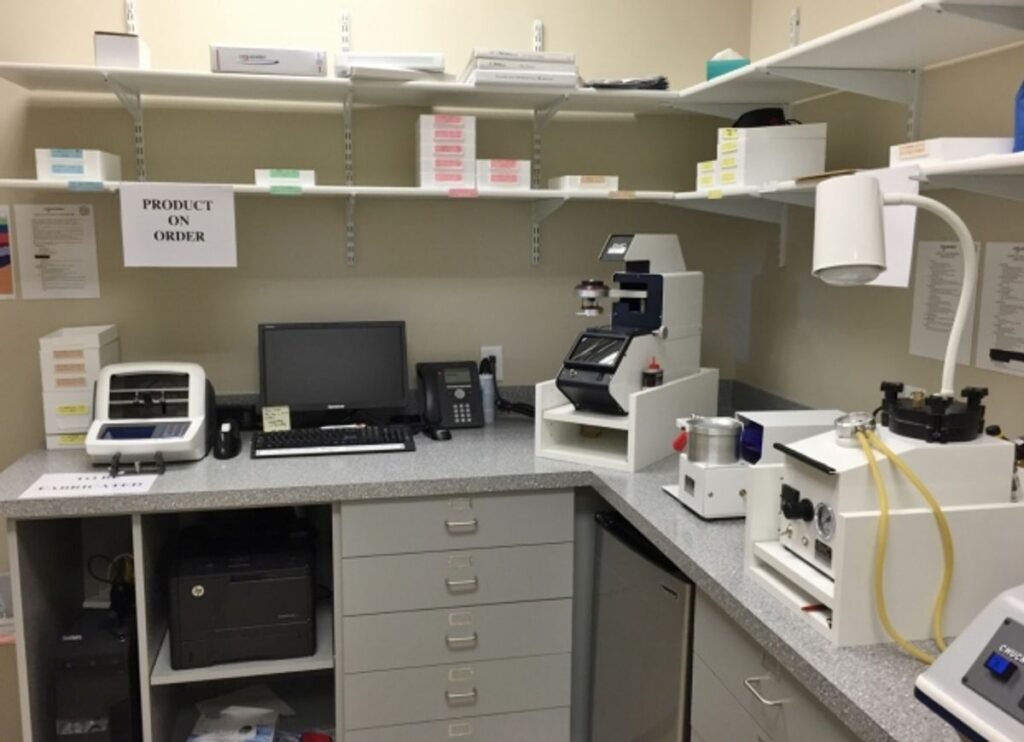
Digital Imaging and Advanced Laser Applications
The integration of digital imaging and advanced laser applications in eye care has revolutionized the diagnosis and treatment of eye diseases. Digital retinal imaging, for instance, has transformed the way eye health is monitored, offering a clearer and more detailed view of the retina. This technology not only enhances the accuracy of diagnoses but also improves patient comfort by reducing examination times.
Optical Coherence Tomography (OCT) is another breakthrough, providing 3D imaging that allows for an enhanced diagnosis. With its high-resolution imaging capabilities, OCT can detect subtle changes in the eye that may indicate the early stages of disease.
The use of lasers in eye care has also seen significant advancements. Precise and minimally invasive, laser treatments can address a range of conditions from refractive errors to glaucoma. The table below summarizes the benefits of these technologies:
These innovations not only improve the patient experience but also pave the way for more effective treatment strategies, ensuring better outcomes and a higher standard of eye care.
Accessibility and Effectiveness of Modern Eye Care
The landscape of eye care has been transformed by the integration of technology, making treatments more accessible and effective than ever before. Modern eye care solutions are not just about vision correction but also about enhancing the overall quality of life. The convenience and comfort these solutions provide are unparalleled, marking a significant shift from traditional methods.
- Convenience: Technology has made eye care more convenient, with remote monitoring and telemedicine consultations.
- Effectiveness: Advanced diagnostics and treatments offer improved outcomes for patients.
- Comfort: Innovations in materials and design have led to more comfortable eyewear and contact lenses.
The focus on preventative measures and addressing the root causes of eye conditions has become a cornerstone of modern eye care. Strategies such as regular breaks from screens, proper lighting, and eye hydration are essential in maintaining eye health and preventing the onset of common eye disorders.
As we embrace these advancements, it’s clear that the future of eye care is not only about treating existing conditions but also about preventing them. This proactive approach is a testament to the effectiveness of modern eye care services.
The Role of Technology in Preventative Eye Health
The integration of digital tools and teleophthalmology is revolutionizing preventative eye health. Personalized treatment plans, developed through state-of-the-art technology, are becoming more accessible, allowing for early detection and management of potential eye conditions. Smart eyewear advancements are not only enhancing vision but also integrating seamlessly with smart glasses, providing dynamic vision correction tailored to individual needs.
- Education and technology empower patients to take a proactive role in their eye health.
- Regular eye exams and early intervention are crucial.
- Informed choices and lifestyle adjustments contribute to better eye health outcomes.
In the realm of eye health, technology is not just a tool for treatment but a cornerstone for prevention. It equips individuals with the means to monitor and maintain their vision, fostering a culture of awareness and self-care.
As we embrace the future, the potential for gene therapy, biotechnology, and wearable tech to treat and prevent eye conditions is immense. Staying informed about these emerging trends is essential for harnessing their full potential.
The integration of cutting-edge technology in eye disease treatment has revolutionized patient care, offering more precise diagnostics and tailored treatments. To learn more about the latest advancements and how they can benefit you or your loved ones, visit our website. Discover the innovative OPTIGRID system and take the first step towards a clearer future.
Conclusion
The realm of eyeglasses technology has undergone a remarkable transformation, driven by the relentless pursuit of innovations that prioritize both vision correction and user comfort. As we have explored throughout this article, the advancements in managing eye conditions, revolutionizing contact lens manufacturing, and introducing advanced vision correction methods are not just incremental improvements but leaps towards a future where eye care is seamlessly integrated into our lives. The integration of smart materials, digital imaging, and personalized lens designs exemplifies the strides made in enhancing visual acuity and comfort. These technological breakthroughs are more than just a testament to human ingenuity; they are a beacon of hope for those with vision impairments, offering new levels of independence and quality of life. As we look to the horizon, it is clear that the future of eyewear technology is bright, promising a vision of the world that is sharper, clearer, and more comfortable than ever before.
Frequently Asked Questions
How do the latest innovations in eye care enhance quality of life compared to traditional eyeglasses and contact lenses?
The latest innovations in eye care go beyond just correcting vision; they aim to enhance overall quality of life by offering convenience, effectiveness, and comfort. These advanced solutions provide a more seamless experience, integrating with users’ lifestyles and offering personalized care.
What role does technology play in managing conditions like glaucoma?
Technology plays a crucial role in managing conditions like glaucoma by offering innovative solutions such as apps to reduce eye strain, wearable tech for vision support, and digital tools that help patients maintain independence and improve their daily lives.
How are contact lens manufacturing innovations impacting vision and comfort?
Cutting-edge techniques in contact lens manufacturing are significantly improving vision and comfort. Innovations include the use of new materials like silicone hydrogel for better oxygen permeability, hybrid lenses for enhanced visual acuity, and smart contact lenses for real-time monitoring of ocular conditions.
What are some of the material innovations in contact lenses that contribute to ocular health?
Material innovations in contact lenses include the development of silicone hydrogel lenses for increased comfort and extended wear, hybrid lenses that combine different materials for improved comfort and acuity, and biocompatible materials that ensure proper oxygen and moisture transmission to maintain ocular health.
How is advanced vision correction personalizing patient care?
Advanced vision correction methods are personalizing patient care by using digital imaging and scanning techniques to create customized lenses tailored to individual needs. This includes multifocal, toric, and drug-delivery systems that enhance visual acuity and offer therapeutic benefits.
What are the benefits of the Ortho K Solution and how does it improve vision care?
The Ortho K Solution is a revolutionary contact lens technology that offers benefits such as non-surgical vision correction during sleep and the potential to slow down the progression of myopia. It provides patients with greater flexibility and comfort, improving overall vision care.

I am a seasoned software engineer with over two decades of experience and a deep-rooted background in the optical industry, thanks to a family business. Driven by a passion for developing impactful software solutions, I pride myself on being a dedicated problem solver who strives to transform challenges into opportunities for innovation.

